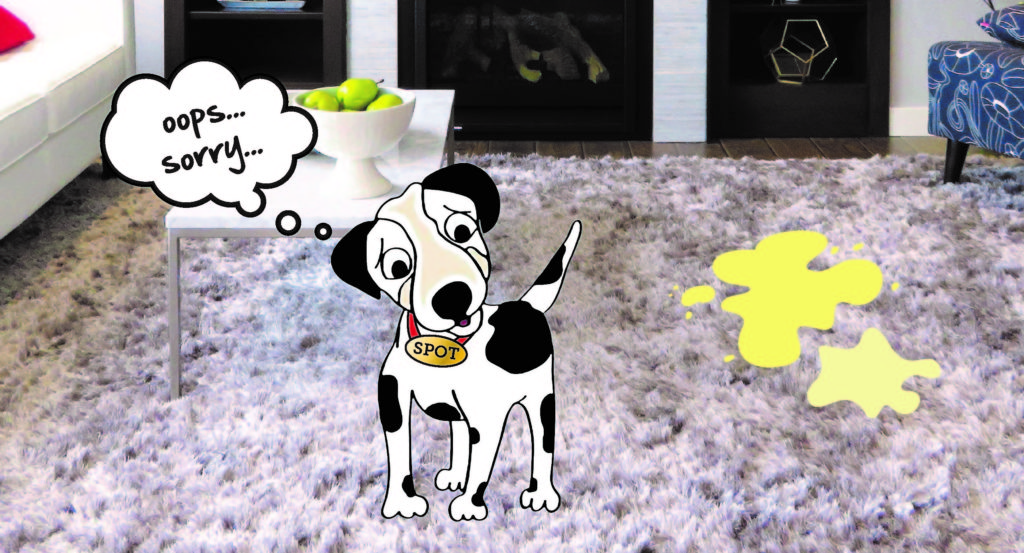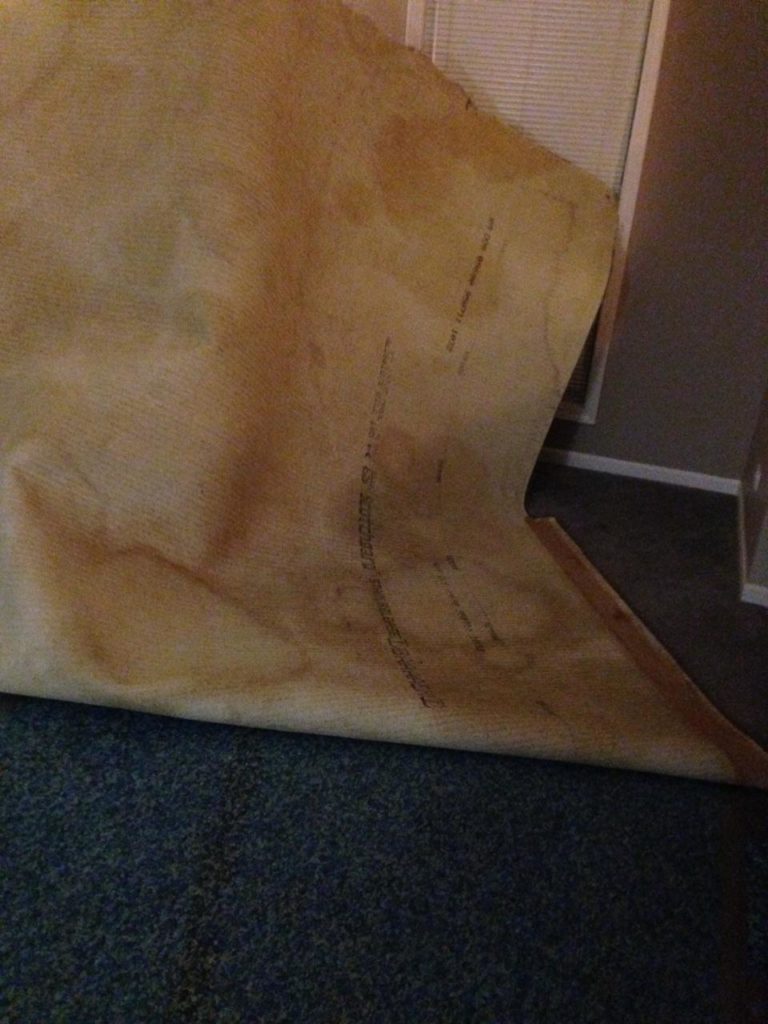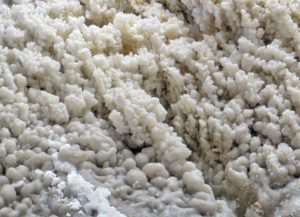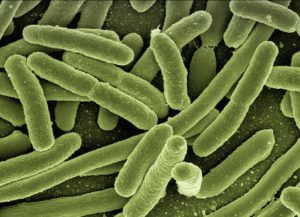WHAT’S LIVING UNDER YOUR CARPET?
CALL TODAY
847-697-9228
PET EDITION
OH NO!
Spot had an accident on the carpet again – if you’re a pet owner, you know the feeling.
So you spray some rug cleaner, dab it with some paper towels, and you’re done, right?
WRONG!
What you probably don’t know is that, while your store-bought magic rug cleaner might remove some of the surface-level stain, the urine penetrates much deeper than that. It will soak through the carpet, carpet backing, and all the way down to the subfloor where it pancakes out to an area up to 2 feet in diameter or more, depending on the amount of urine.
Why don’t we lift up the carpet to see what it looks like underneath?
Flip over to see what’s under the carpet!
GROSS!
What is all this stuff? Let’s take a closer look…
ODORS
The immediate effect of pet urine is the odor. Different pets have different odors, but none of it is good. After it’s been in your carpet for a while you may not notice the smell anymore, but your guests certainly will. How embarrassing!
SALT CRYSTALS
When pet urine soaks into the carpet and dries up, it leaves acidic salt crystals in the carpet backing and subfloor. All it takes is a little moisture or humidity and these crystals reactivate, bringing along with them that familiar unpleasant odor!
BACTERIA
Salt crystals aren’t the only thing hiding in your pet’s urine – there can also be harmful bacteria. These can contribute to odor problems, as well as health issues from inhaling them.
*Actual carpet from one of our customers.
SO WHAT DO YOU DO ABOUT IT?
GET YOUR FREE PET OWNER’S REPORT FROM QUALITY CARPET CLEANING

PET OWNER’S REPORT
How to Remove Pet Urine Odor and Stains from Your Carpets Permanently – Guaranteed!
Okay, so you’re tired of that obnoxious pet urine odor hovering around your home. What about those noticeable rings highlighting that your pet had an accident on your carpet?
What are your friends and family thinking when they come over to visit you? You know that they can see those urine spots, as well as smell that decaying urine that’s just sitting in your carpet. Maybe they just don’t want to embarrass you by saying something – they’re just trying to be polite.
The other mystery is, how’s that urine really affecting your family’s health, and what is it doing to your carpet, pad, subfloor? You run to the local store and purchase that mega plug-in air freshener, along with new and improved spotter that’s supposed to take out nuclear waste. You run home, plug in the air freshener, and start aggressively scrubbing with the mystery mega spotter solution, and… huh. Well that didn’t work as planned.

Okay, you’re not a quitter, so this time you go to your local hardware store and pick up The Doctor, that is the Rug Doctor. Don’t forget to get all those bottles of chemicals that you need to put in the machine, as well as on the carpet. You get home and fill it up, plug it in and … huh. This time the house smells of urine 3x more than it did before you started, and those spots just popped back up again after a few days of drying.
You say to yourself, “GREAT, I just spent all that time and money to have it worse than when I started.” I’ve heard this for years from my frustrated clients. Before you suck up your adorable urine causing pet in the vacuum cleaner, let’s take a look at what’s really happening.
With pets, there really is a difference in urine’s potency. Let’s look at Michael’s hierarchy of nasty smells and odors: Old cats with urinary tract infections, on medication, would rank #1 on the list. (Sorry cat lovers, #1 means worst and #10 is the least obnoxious smell). You can go straight to a puppy that drinks a lot of water as being the least offensive.

Next is size. Yes, size does matter. If you have a 5 lb Bichon, or maybe 4 lb Shih Tzu, or maybe that tinker toy Himalayan Persian, they may urinate 3 to 4 oz at a time. Compare that to a 140 lb Great Dane probably coming in at 10 to 14 oz per time. Don’t quote me on the actual ounces, I’ve never measured.
Just think if you spilled that much coffee or soda on the carpet what would happen. WOW. Also, when pets pee, it’s going to be warm, and warm liquid has a tendency to travel further than cold. So more than likely, your pet averages let’s say 6 oz of warm urine traveling through your carpet’s fibers, then making its way to the backing, but don’t stop there. It will get sucked up in the pad and make its way to the subfloor.

Once it hits that subfloor, (usually plywood) it will span out like a pancake, possibly up to 8 to 10 inches round. Remember, that is only going there one time. What if your pet gets to really like that spot to go? You could be looking at a 12 to 24 inches circumference area of urine, oh boy! If you’re daring, and if your pet peed along the wall, you could always pull up that portion of the carpet and see for yourself the damage.
Okay, what else is going on down there? Well, did you ever notice that when it’s warmer outside and more humid that the smell actually gets worse? If so, you got a good nose. What happens over time is that biological acidic urine turns into a salt crystal. When heat and or moisture is introduced into that space, the urine gets activated again. You will probably smell an ammoniated odor. That’s because the urine bacteria gets reactivated by the moisture, which in turn gives you that smell. Left in the carpet, you and your family breathe that in every day.
It’s also eating away at your carpet fibers and disintegrating your pad. Your porous plywood subfloor has absorbed it as well (big problem).








